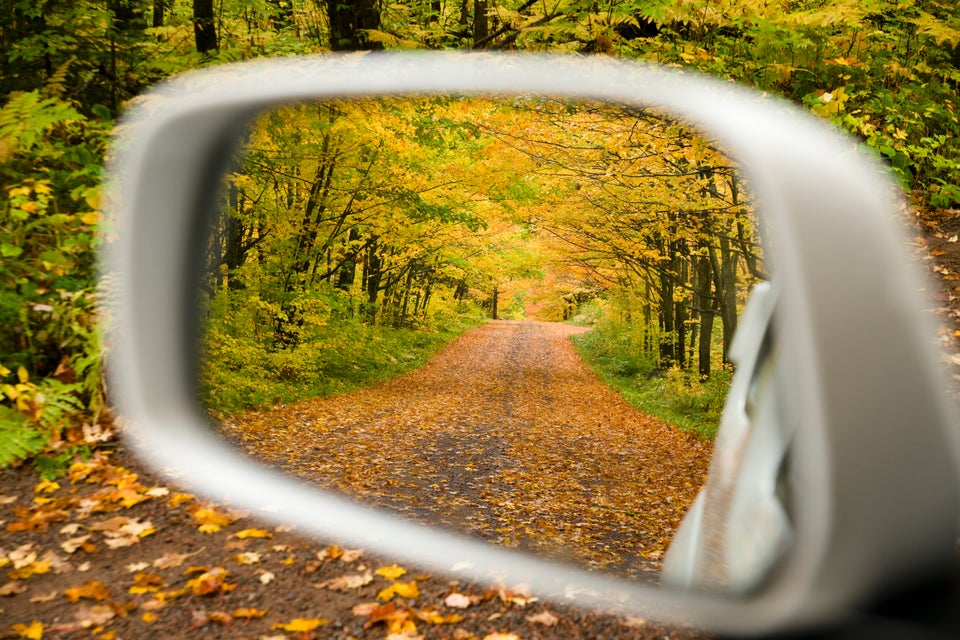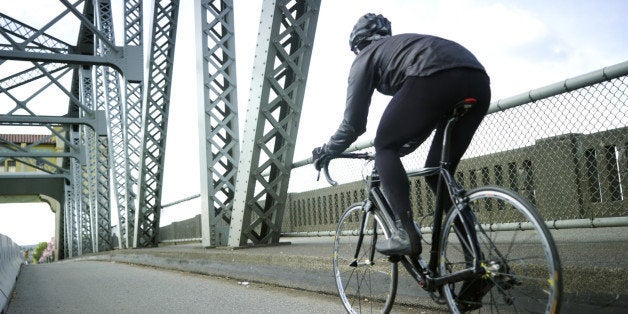
What's the hottest thing on two wheels? You, says a poll: About 45 percent of bike owners age 28 to 45 are women. "These days, there are more cycling groups and biking products for women, and more bike shops are catering to newbies, which continues to draw ladies in," says Erin Sprague, women's product manager for Specialized Bicycles. It's also a super way to get in shape: You'll sculpt your lower half and melt fat. "Cycling is a great low-impact aerobic activity, and you can build your cardio without the pounding," notes exercise physiologist Carl Foster. And if the new celeb-studded cycling studios are any clue, biking is the coolest, most female-friendly trend around. Come along for the ride!
Is It A Good Fit?
"Ensuring you have a proper bike fit will help prevent injury, boost performance and improve your overall riding experience," says Matt Gehling, a pro bike fitter for Trek Bicycle. You'll get a custom one if you shop at a bike store. Buying online? First head to a shop where you can get a professional consultation for a small fee. The basics:
Handlebar width: Your hands need to be aligned with the bony bumps on top of your shoulders. If your handlebar is too wide, it ups your risk of neck, shoulder, back and/or wrist issues.
Handlebar height: Depending on your flexibility, you want your back to be relatively flat. If you have to round it, raise the handlebars.
Reach: This is the distance between your seat and the handlebars. Sitting upright may seem more comfortable at first, but it actually increases the pressure on your back, making it harder to pedal. Leaning forward a little will engage glutes and create power. Your shoulders should form about a 90-degree angle between your upper arm and torso. Keep elbows slightly bent.
Saddle width: Match yours to the width of your pelvis/sit bones. You can have this measured with a saddle-fitting tool at a bike shop.
Seat height: You should have a slight bend in your knee at the bottom of the pedal stroke, and when you fully extend your leg, with your knee locked out, your heel should dip to about 3/4 inch away from the ground.
Pick Your Perfect Ride
Looking for a set of wheels? Before you go shopping, consider how you plan to ride (for fitness, fun or racing) and where (roads, paths, mountains), says Janette Sherman, women's marketing manager for Liv/Giant, a company that designs bikes exclusively for us ladies. These suggestions will steer you toward your best match.
If you'll ride mostly on roads look for... 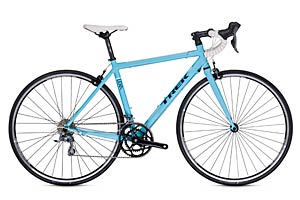
A drop handlebar: It offers more options on where to place your hands and keeps you comfy on longer rides.
Endurance road geometry: This form places your body in a higher (less aerodynamic) position that's best suited for long, steady rides.
An aluminum or carbon frame: It's responsive and light and can tackle both hilly and flat routes.
Plenty of gears: You can use hard or easy ones when riding downhill, uphill or on flats.
One to try: With a lightweight aluminum frame, endurance geometry and eight-speed drivetrain, the Trek Lexa is a great entry-level road bike. ($740 and up; trekbikes.com)
If you'll ride mostly on paths look for...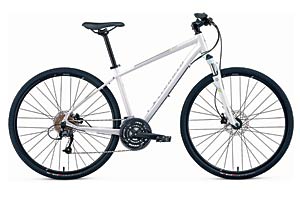
Rugged-tread 700c tires: Road tires are thin and smooth, while mountain ones are fat and bumpy -- you want something that's in between the two.
Disc brakes: They let you stop more quickly on dirt.
Either a drop or flat handlebar -- whichever feels better to you.
One to try: The Specialized Ariel Sport Disc crossover bike combines features of a mountain bike (hydraulic disc brakes, shorter-reach brake levers) and a road bike (women-specific aluminum frame and nine-speed drivetrain) to ensure a safe, comfortable ride. ($830; specialized.com)
If you'll ride mostly on mountain trails look for...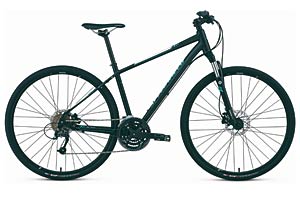
Knobby, large tires (either 27 1/2- or 29-inch): These make it easier -- and more fun -- to roll over obstacles.
Suspension: It adds bounce and cushions impact. Hardtail bikes have only front suspension; full-suspension bikes provide more stability, but they're also more expensive.
Disc brakes: They offer more grip when braking.
One to try: Designed with a new, women-specific aluminum frame and 27 1/2-inch wheels, the Liv/Giant Tempt 5 doesn't mess around. This hardtail bike offers front suspension, mechanical disc brakes and an eight-speed drivetrain. ($570; giant-bicycles.com)
For ways to bike stronger and essentials for your next ride, head over to Health.com.
More from Health.com:
24 Fat-Burning Ab Exercises (No Crunches!)
18 Moves to Tone Your Butt, Thighs and Legs
Strength Moves That Burn Fat
Images courtesy of Health.com. How To Start Biking originally appeared on Health.com

